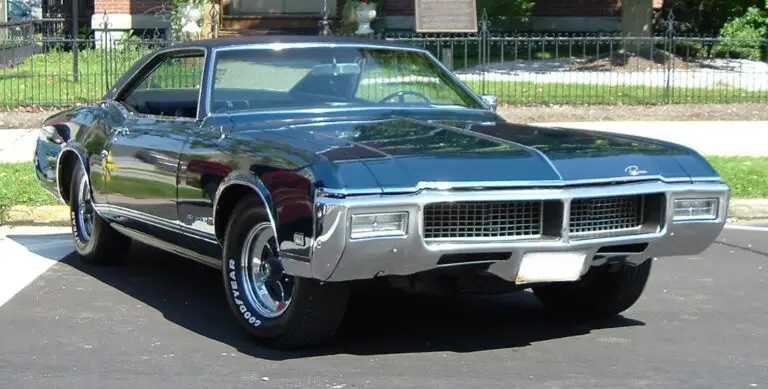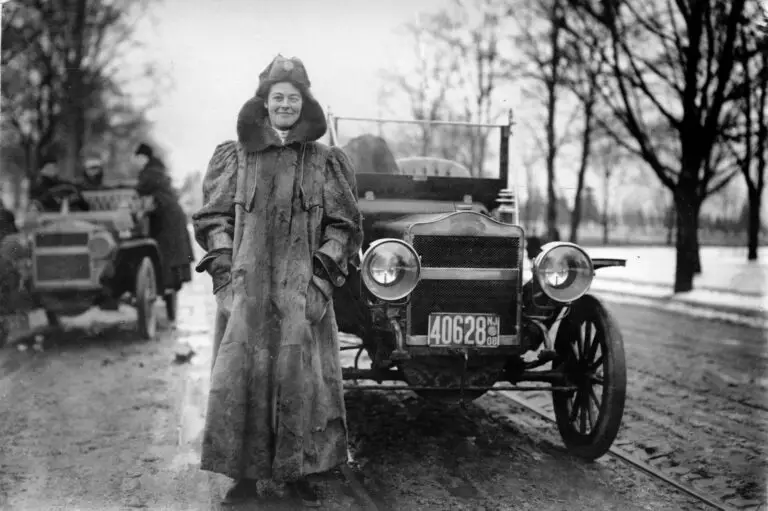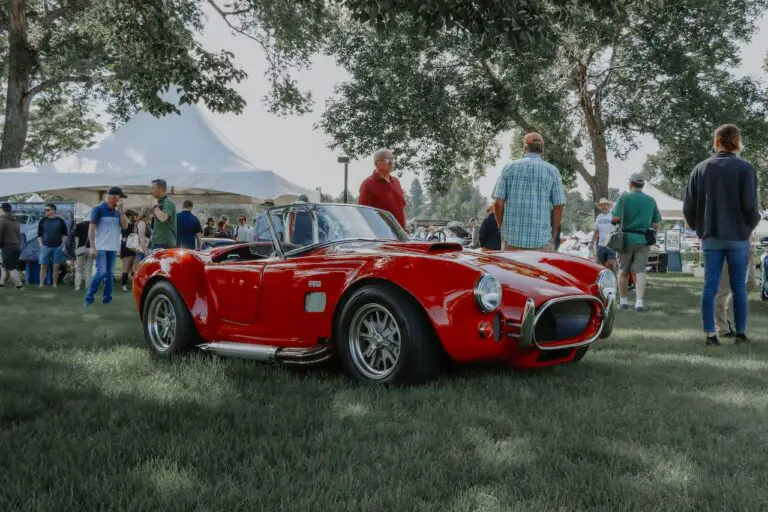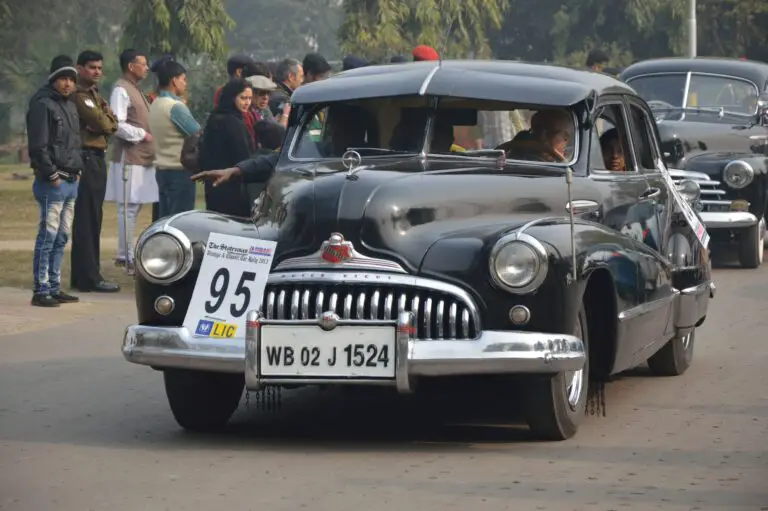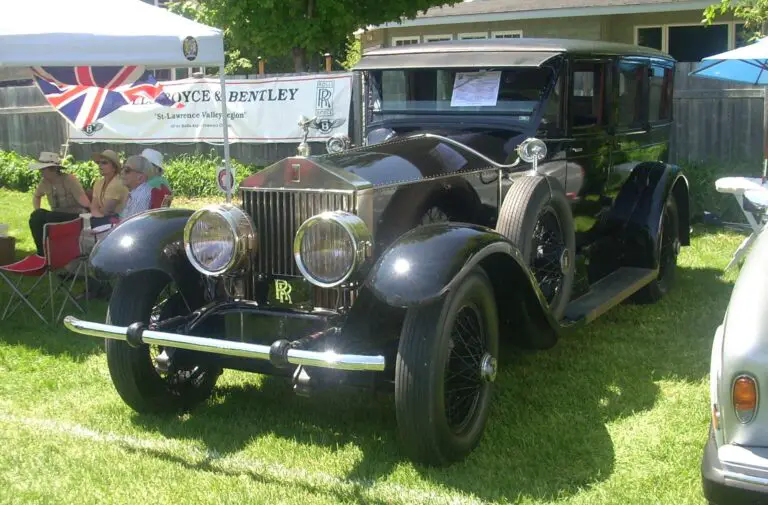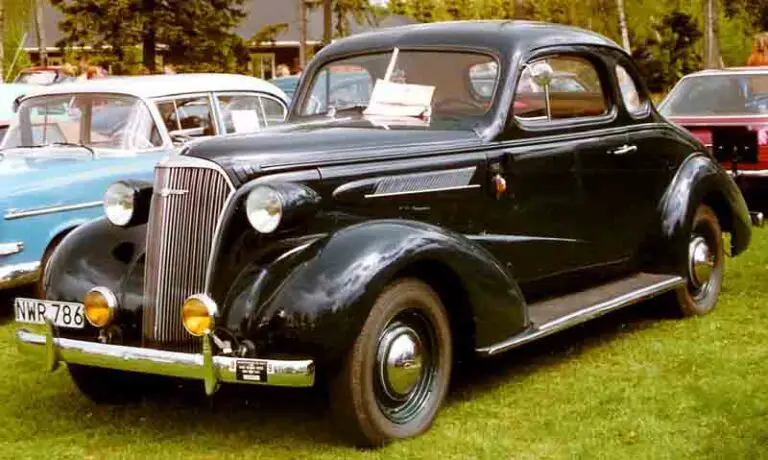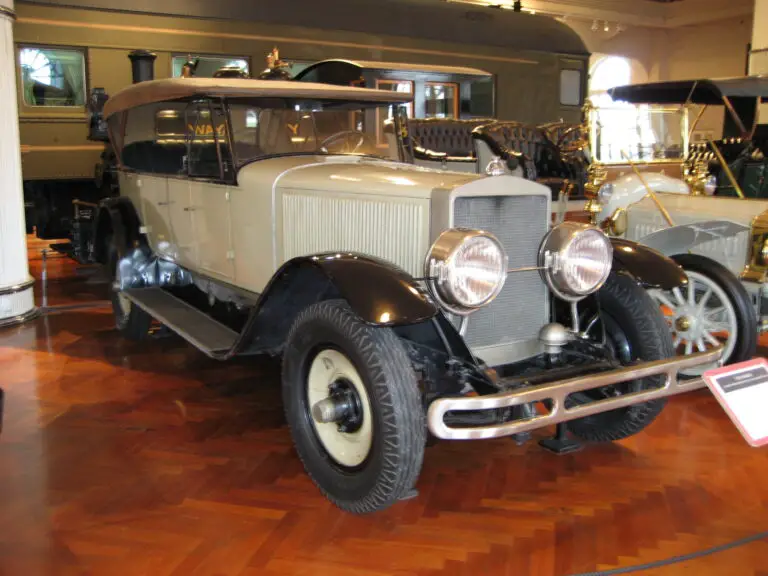(RareCarMarket.com) – The Buick Riviera has long been a symbol of American luxury and automotive excellence. Among all its iterations, the 1965 Buick Riviera Gran Sport stands out as the most popular model. Introduced in 1963, the Riviera was designed to compete with the likes of the Ford Thunderbird and other personal luxury cars. The 1965 Riviera Gran Sport, with its distinctive styling and powerful performance, captured the hearts of enthusiasts and remains a highly sought-after classic car today.
Key features of the 1965 Buick Riviera Gran Sport include:
- Unique “clamshell” headlight design, adding to its iconic look
- A 425 cubic-inch (7.0-liter) Nailhead V8 engine, producing 360 horsepower and 465 lb-ft of torque
- The Gran Sport package, which offered a performance-tuned suspension, quicker steering, and posi-traction rear differential
The 1965 Riviera Gran Sport’s enduring popularity is partly due to its distinctive design, with styling cues that set it apart from other models in the Riviera lineup. The clamshell headlight design, in particular, is a notable feature that has become synonymous with this classic car. Furthermore, the performance upgrades provided by the Gran Sport package helped elevate the Riviera from a luxury cruiser to a true high-performance machine.
Today, the 1965 Buick Riviera Gran Sport remains a highly sought-after classic car among collectors and enthusiasts. Its unique design, powerful performance, and historical significance make it a valuable addition to any classic car collection. Auction prices for well-maintained examples have been on the rise, reflecting the growing demand for this iconic American classic.
In conclusion, the 1965 Buick Riviera Gran Sport stands out as the most popular model of the Buick Riviera lineup due to its distinctive styling, powerful performance, and the rarity of the Gran Sport package. As a true American classic, it remains highly sought-after by collectors and enthusiasts, and its legacy continues to captivate car lovers around the world.
Copyright 2023, RareCarMarket.com
